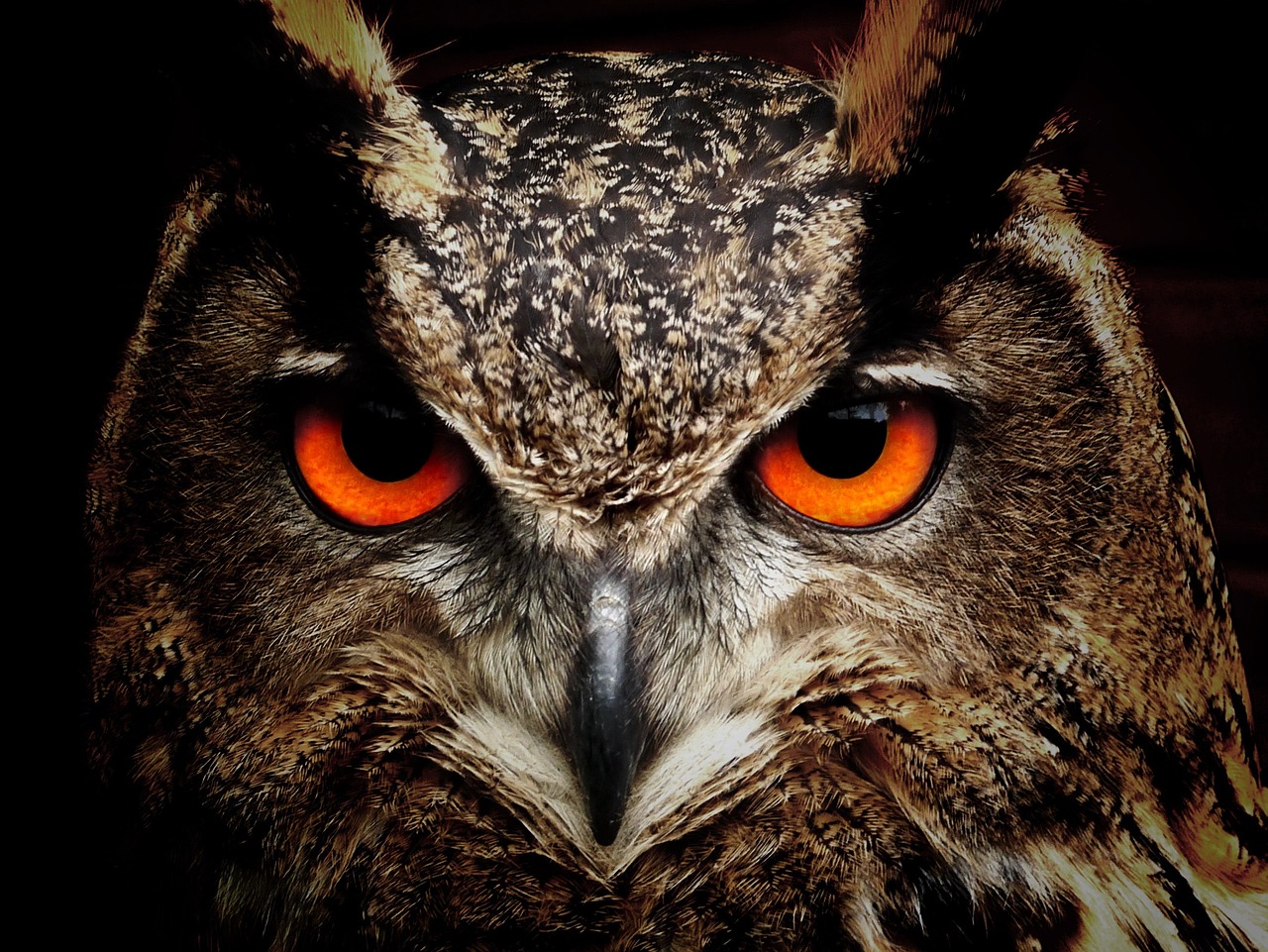 |
| Great eggfly foraging on a casuarina tree(you can see parabolic shaped eyespots on their wings) |
By Umang Rajpurohit
If you're here after reading our last blog on butterfly coloration and the science behind it- Welcome back! This post is a continuation of the butterfly blog series and in this one we are diving deeper into most fascinating features butterflies possess: The eyespots.
What are Eyespots ?
Contrary to their name eyespots in butterflies doesn't have any relation to their actual eyes. These are are the round marks you often see in various butterflies wings. Interestingly are not just limited to butterflies only they're also found in fish, reptiles and even mammals. In butterflies these are predominantly found in Nymphalidae family which are the largest family of butterflies.
Eyespots are majorly known to serve three major roles:
(i). Predator intimidatation
(ii). Attack deflection
(iii). Mate signaling
Types of Eyespots
Butterflies typically have these two types of eyespots:
(i). Isolated-large Eyespots
(ii). Marginal Eyespots
1. Isolated-large Eyespots
 |
| Treebrown butterflies have their eyespots in the middle of underside of their wings with multiple round marks |
Seen in Indian butterflies species like Peacock Pansy, Evening Brown, Common Map, Danaid Eggfly etc. The role of these large eyespots are to scare predators by mimicking vertebrate eyes while sometimes the color of the eyespots also plays a significant role in intimidating predators. Example: Danaid Eggfly having blue coloration in it's eyespots to intimidate predators like birds, lizards etc.
2. Marginal Eyespots
.jpeg)
Small cupid butterfly have eyespots at the edges of their wings
.jpeg)
Marginal eyespots are the smaller circles which appear along the edges of the wings. The whole purpose of having this type of eyespots is to deflect the attack away from the vital body parts. Think of it in this way: If an human gets attacked on the arm, it might still survive but if it targets the vital organs like heart or liver then there are no chances of survival. Same goes for butterflies. In their case it's their head and abdomen.
Butterfly species like Common Five ring, Bushbrowns, Plains Cupids are examples of marginal eyespots.
Evolution and Genetics of Eyespots

Peacock Pansy have eyespots on the upperside of their wings

These eyespots are not just a common occurence in this species it is precisely controlled by specific hormones.
(i). Distal-less(DII)- Controls eyespot size
(ii). Spalt(Sal)- Controls black pigmentation
(iii). Hedgehog(Hh)- Determines size and positioning of eyespots
To your surprise this same hormones are present in humans body too, but in slightly different forms(That doesn't mean you will start growing eyespots and start sipping nectar..but it shows how deeply evolution connects us all- वसुधैव कुटुम्बकम्)
Research highlights:
1. The Case of African Squinting Bush brown
Now, this experiment will surely amaze you. So the research team selected the Squinting bush brown pair with opposite genders and made them mate with the opposite gender having different pattern of eyespots i.e, the one having broad gold lines were selected to mate with one having broad black lines in their eyespots.
They observed the pattern till 8 generations and find out that the pattern of eyespots were dramatically changed, showing that how flexible and heritable these traits are.
2. Paper butterflies and Predator tests
Another brilliant study from Europe was a simple experiment where they placed paper made butterflies with eyespots on them of different sizes and they find out that:
Many Small Eyespots = More attacks
One Large Eyespot (>6 mm) = Fewer attacks (intimidation works)
One Small Eyespot (~2.2 mm) = Neutral effect
It’s not about how many eyespots they have it’s how big they are, so yes size does matter in this context.
Why Some Butterflies Don’t Have Large Eyespots?
 |
| Common Evening brown butterfly have tiny to medium eyespots on the underside of their wings |
Not all the butterflies have large eyespots and these are the possible reason:
(i). Small eyespots are eventually evolved first for deflection.
(ii). While the larger eyespots evolved later for intimidation.
So if you are a butterfly in a predator rich world-go big or go home!
I hope you liked this piece of information I would like you all to kindly share this to your butterfly enthusiast friends.
Please note: All the images are copyrighted using them without the owner's consent is a serious offence.




6 Comments
This is really intriguing! Looking forward to seeing how the series unfolds.
ReplyDeleteVery interesting work Umang.
ReplyDeletePhenomenal work❤️. Maybe adding a bit about eyespot development during the pupal stage would make it even more magical.
ReplyDeleteSuch a magical capture... thanks for sharing this insightful post!!
ReplyDeleteThis is really informative and interesting!!
ReplyDeleteFascinating !!
ReplyDelete